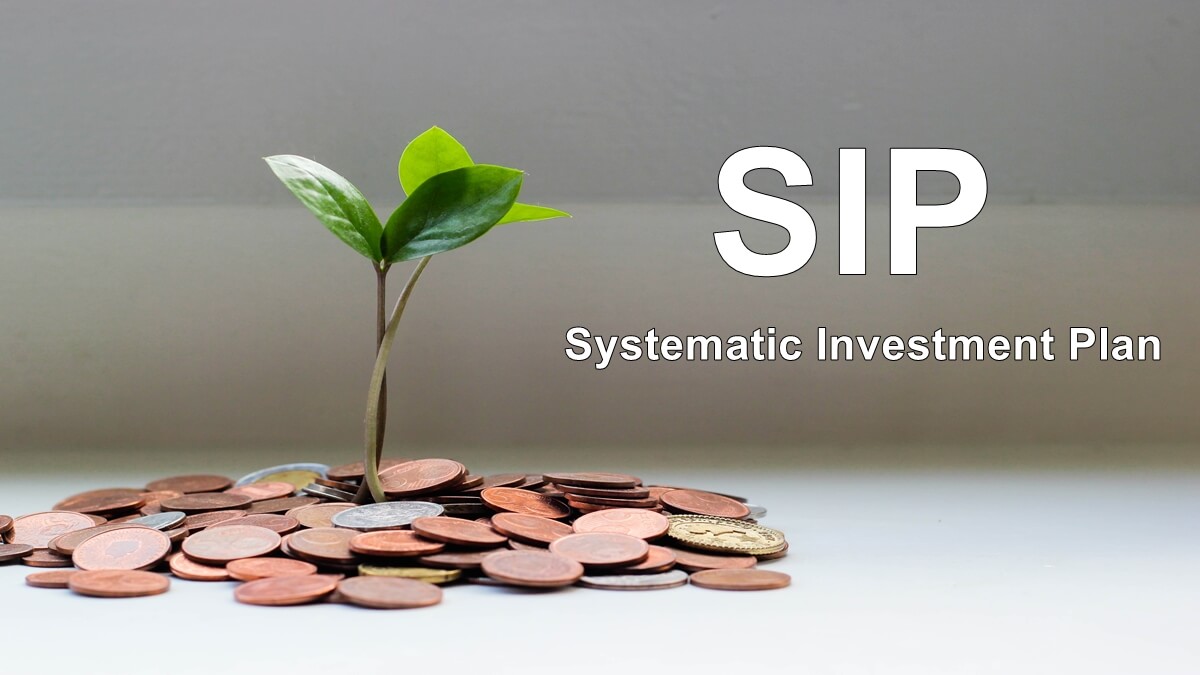
Investing in debt funds has traditionally been associated with lumpsum investments. However, with the rise of Systematic Investment Plans (SIPs), this notion is slowly changing. SIPs are an investment method where investors make regular investments at fixed intervals, thereby allowing them to benefit from the power of compounding. While SIPs have been commonly associated with equity funds, they are also suitable for debt funds and have been found to outperform bank Fixed Deposits (FDs).
Why SIPs are suitable for debt funds
SIPs work well for debt funds because they allow investors to benefit from the power of compounding and also help in mitigating market risks. By investing small amounts regularly, investors can spread their investments over time, thereby avoiding the risk of investing a lumpsum at the wrong time. Moreover, debt funds are less volatile than equity funds, and hence, SIPs in debt funds are less risky than SIPs in equity funds.
How SIPs beat bank FDs
Bank FDs have been a popular investment option for conservative investors, primarily due to their safety and assured returns. However, the interest rates on FDs have been steadily declining over the years, and with inflation rates remaining high, the real returns on FDs have become negative. On the other hand, debt fund SIPs have generated better returns than bank FDs in the long run. This is because debt funds invest in a diversified portfolio of fixed-income securities such as government bonds, corporate bonds, and money market instruments, which offer higher returns than FDs.
The Proof
Let us take an example of an investor who invested Rs. 1 lakh each in a bank FD and a debt fund SIP for a period of five years. Assuming an interest rate of 6% per annum for the bank FD and an average annual return of 8% for the debt fund SIP, the investor would earn Rs. 34,427 more from the debt fund SIP than the bank FD. This is due to the higher returns generated by the debt fund SIP and the impact of compounding.
Risks and Considerations
While debt fund SIPs offer better returns than bank FDs, they come with their own set of risks. Debt funds are subject to interest rate risks, credit risks, and liquidity risks. Moreover, the returns on debt funds are not assured and are subject to market conditions. Therefore, investors must understand the risks associated with debt funds and invest in them only after careful consideration and analysis.
SIPs in debt funds are a viable investment option for conservative investors who seek better returns than bank FDs. By investing small amounts regularly, investors can benefit from the power of compounding and also mitigate market risks. However, investors must be aware of the risks associated with debt funds and invest in them only after careful analysis and consideration. Therefore, investors must assess their financial goals, risk appetite, and investment horizon before choosing between bank FDs and debt fund SIPs.